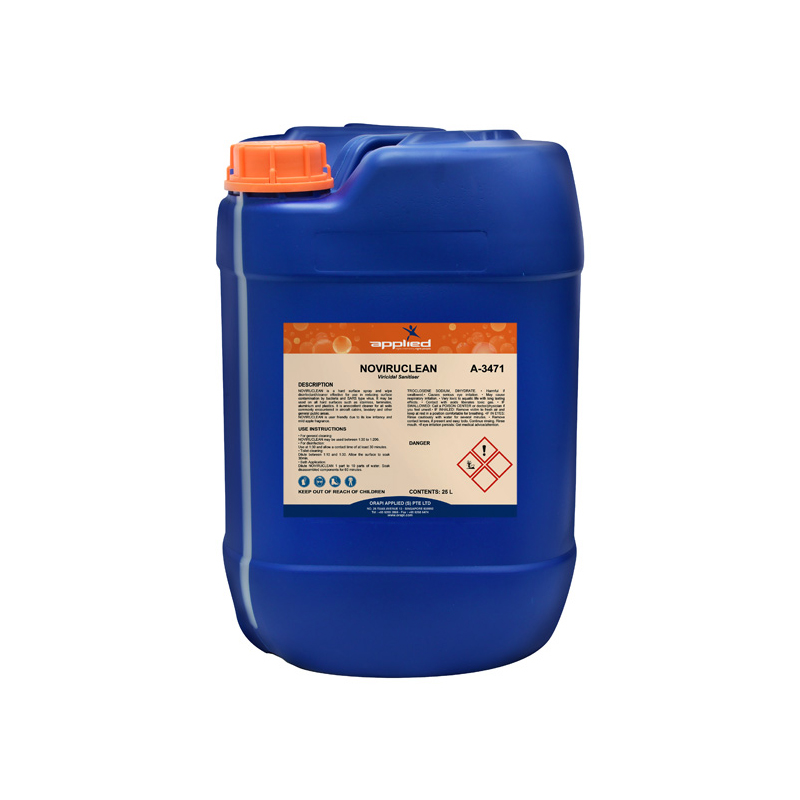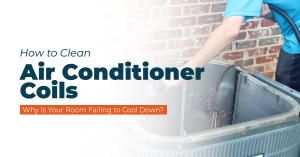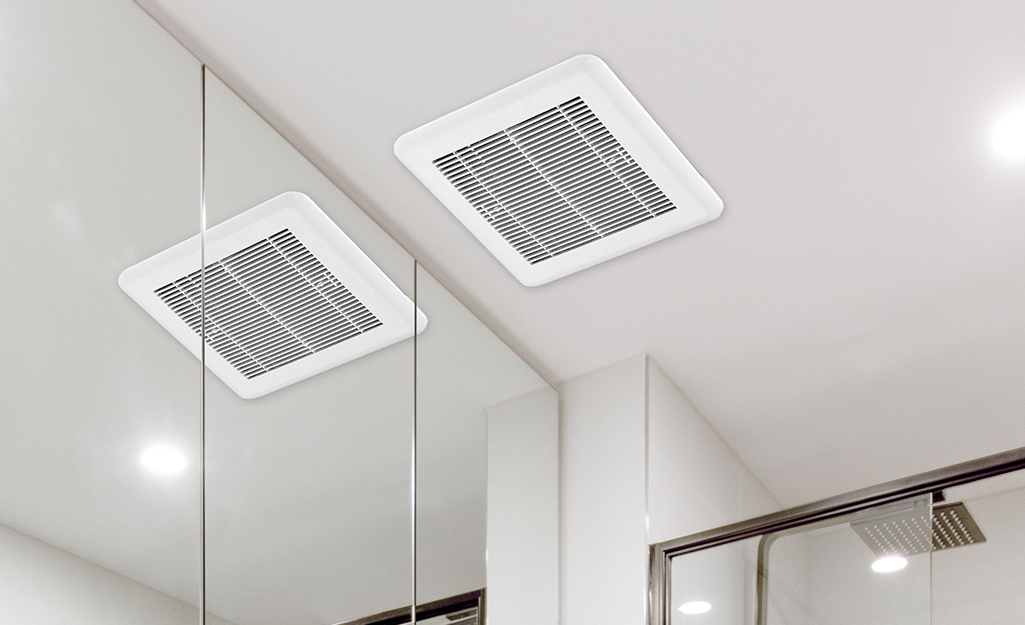
Bathroom exhaust fans are a crucial component of a commercial restroom’s ventilation system, which helps maintain indoor air quality, minimise health risks, and reduce the likelihood of fire accidents. However, if not properly maintained, these fans can accumulate dust and debris, causing airflow to be restricted, resulting in health issues for bathroom users and unpleasant odours in the bathroom. In this guide, we will explain how to properly clean bathroom exhaust fans in commercial settings to reduce the risks mentioned, improve air circulation, and ensure the safety and well-being of your building’s occupants.
Steps to Clean Bathroom Exhaust Fans
Cleaning bathroom exhaust fans in a commercial setting can be a daunting task, but with the right tools and techniques, it can be done quickly and efficiently. Here’s an outline of steps you can follow:

Step 1: Turn Off the Power
Turning off the power to the bathroom ventilator fan is a necessary safety precaution that should never be skipped. The fan is connected to electrical wiring, and if the power is not turned off before cleaning, you could risk electrocution or other accidents.
Step 2: Remove and Clean the Cover
Step 3: Inspect the Elbows
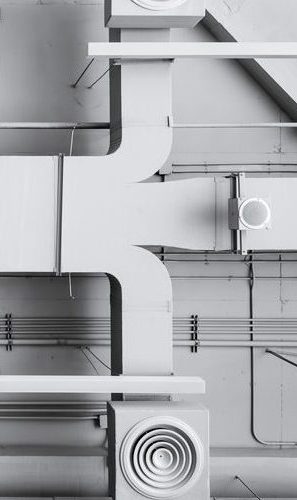
Elbows refer to a type of duct fitting used to connect the exhaust fan to the ventilation ductwork. Elbows are typically made of metal or plastic and are bent at a 90-degree angle, which allows the ductwork to be routed in a different direction than the exhaust fan’s outlet.
Elbows are commonly used in bathroom exhaust fan installations where the fan is not located directly above the ventilation shaft or where the ductwork needs to be routed around obstructions like pipes or beams. Using elbows, the installer can create a smooth and efficient ductwork route without making any awkward turns or bends.
Step 4: Pull Out & Clean the Fan Blades
Use a soft-bristled brush or a vacuum cleaner with a brush attachment to remove dust and debris from the fan blades.
Step 5: Wipe Down the Motor
Remove any dust or debris that may have accumulated on the surfaces, which can impede the fan’s performance and reduce its lifespan. When wiping down the motor and other components, make sure that the cloth you are using is only damp, not soaking wet. Avoid getting water or cleaning products on the motor as it can cause damage to the electrical components.
Step 6: Clean the Elbows
Use a long-handled brush or a specialised cleaning tool to scrub the inside of the elbows, removing any buildup of dust, dirt, or debris. You can also use a vacuum cleaner with a long attachment to remove any loose debris.
Step 7: Reconnect the Ductwork
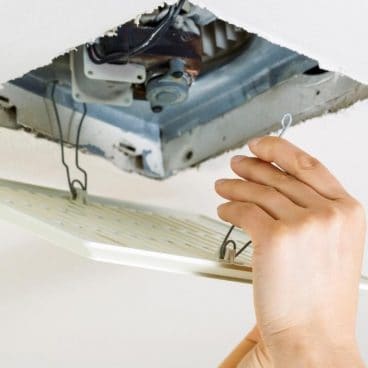
Begin by carefully aligning the ductwork with the exhaust fan’s outlet, making sure that it is properly seated and aligned. Depending on the type of connection used, you may need to use metal clamps or duct tape to secure the ductwork to the exhaust fan’s outlet.
Step 8: Ensure Everything is Dry
After cleaning the fan blades and motor of your bathroom exhaust fan, it is vital to ensure everything is completely dry before reassembling the fan. Any residual moisture left behind can cause damage to the motor and other electrical components. You can use a dry microfiber cloth to wipe down any damp areas to ensure everything is dry.
Step 9: Return the Fan and Motor
Hold the fan and motor like when you took them out and put them back into the exhaust fan housing. Rotate them clockwise until you sense they have clicked into place. Give the fan a light spin to confirm that the motor is properly attached. Once the grate or cover is dry, you can reattach it too.
Step 10: Turn On the Power
After reinstalling the bathroom exhaust fan, it is crucial to turn on the power supply to ensure that the fan is functioning correctly. Make sure that all electrical connections are securely in place before turning the power on. You can do this by checking the wires and ensuring they are connected correctly.
After turning the power supply back on:
- Test the fan to ensure it’s working correctly.
- Turn the fan on and listen for any unusual sounds or vibrations.
- Check if the fan is drawing in air and expelling it from the vent.
If the fan is not working correctly, double-check the wiring and the installation to ensure everything is done correctly. In some cases, you may need to call a professional electrician or HVAC technician to troubleshoot the issue. However, if the fan is functioning correctly, you can safely assume that the cleaning and maintenance have been successful, and the bathroom will be well-ventilated once again.
Tips to Maintain Bathroom Exhaust Fans
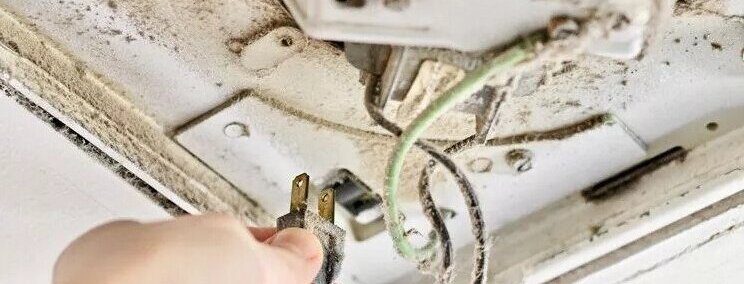
1. Check for Damage (Mechanical Wear and Tear)
Inspect your bathroom exhaust fan for mechanical or electrical issues before cleaning it. Check fan blades, filters, and wires for damage and replace any frayed wires to reduce the risk of electric shock. Thorough inspections help identify areas that need immediate attention for proper maintenance. Also, inspect fan blades, motor, and other components for damage and unusual noises or vibrations after turning on the power. If you notice any damage, replace the fan or promptly call a professional for repairs to ensure safe and efficient operation.
2. Proper Ventilation
To prevent the accumulation of humid air and mold growth, inspect the ventilation system to ensure proper outdoor venting. Negligent installers may vent fans into areas like attics or gaps between walls, which can cause problems. Consider hiring an HVAC professional for an inspection, particularly for multi-story buildings.
3. Vent Pipe Dampers
It’s vital to have backdraft dampers in commercial exhaust fan vent pipes to prevent air backflow. Inspect dampers periodically for debris or damage that can affect ventilation efficiency. Check dampers for blockages or damage if you notice draughty air from exhaust fans. If dampers are rusted shut, oil or replace them. Consider hiring a professional for exhaust fan system inspection in multi-story commercial buildings.
4. Pay Attention to Unusual Smells
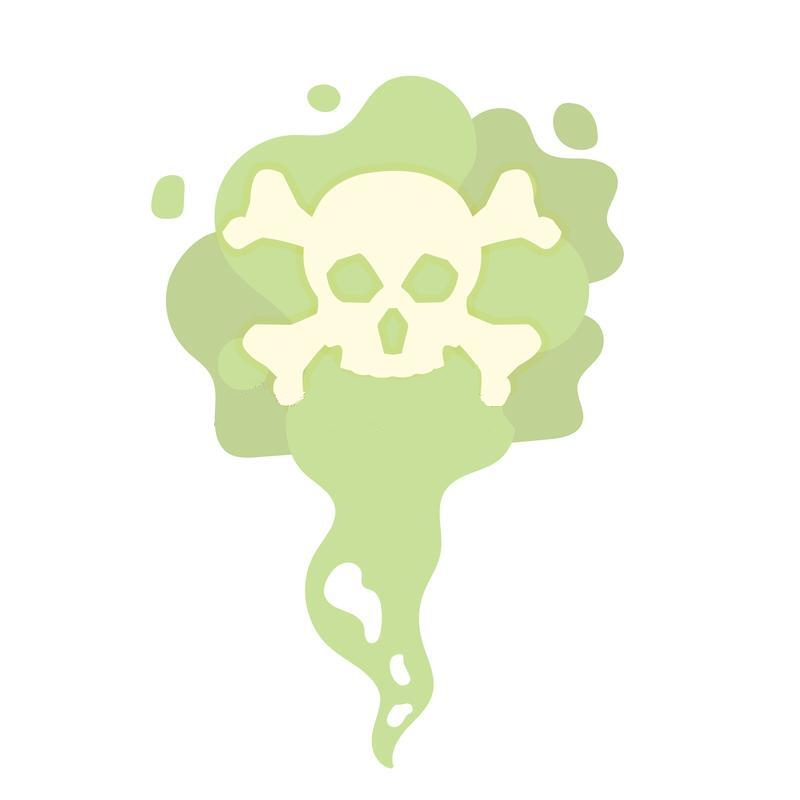
If you haven’t cleaned your commercial bathroom exhaust fan in a while, you may start to notice unpleasant odours. These can result from a buildup of debris and other particles on the fan blades and other components, which can impede the proper flow of air and lead to stagnant moisture and foul smells.
The high humidity and constant use in commercial bathrooms can exacerbate this problem. If you notice any unusual odours or signs of poor ventilation in your bathroom, it’s time to inspect and clean your exhaust fan system.
5. Clean The Filters
Regularly cleaning the filter of commercial bathroom exhaust systems is crucial for optimal performance. A clean filter absorbs debris and smoke, improving the ventilation system and enhancing fan blade operations. Therefore, we advise cleaning the filters every quarter, increasing lifespan, and maintaining productivity.
6. Prepare a Cleaning & Maintenance Plan
To maintain a safe and healthy environment for your employees and customers, it’s essential to establish a regular cleaning and maintenance schedule for your commercial bathroom exhaust systems. Monthly or quarterly cleaning schedules are recommended for optimal efficiency. Consistent maintenance and cleaning with the right products can also help reduce the cost of potential mechanical repairs in the future.
ORAPI RECOMMENDS:
Conclusion
In conclusion, bathroom exhaust fans are essential components of commercial restroom ventilation systems that help maintain indoor air quality, minimise health risks, and reduce the likelihood of fire accidents. However, if not properly maintained, these fans can accumulate dust and debris, resulting in restricted airflow, health issues for bathroom users, and unpleasant odours. To reduce these risks, we provided a guide on properly cleaning bathroom exhaust fans in commercial settings. The outlined steps include turning off the power, removing the cover, cleaning the cover, inspecting the elbows, cleaning the fan blades, wiping down the motor, cleaning the elbows, reconnecting the ductwork, ensuring everything is dry, returning the fan and motor, and turning on the power. Following these steps will improve air circulation, ensure the safety and well-being of your building’s occupants, and extend the lifespan of the exhaust fan.


